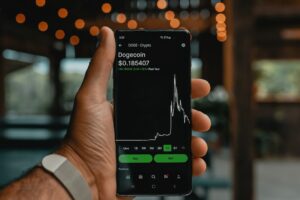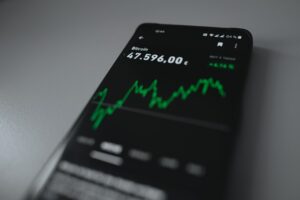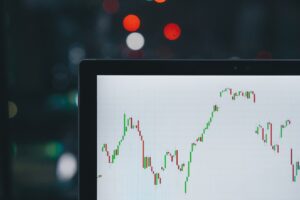The Role of Forex Pips in Trading: Why They Matter
Forex trading is a complex and dynamic market that involves the buying and selling of currencies from around the world. Traders in this market are constantly looking for ways to maximize their profits and minimize their risks. One of the most important concepts in forex trading is the pip, which stands for “percentage in point”. In this article, we will explore the role of forex pips in trading and why they matter.
Firstly, let’s understand what a pip is. In the forex market, currencies are quoted in pairs, such as EUR/USD or GBP/JPY. The pip is the smallest unit of measurement for these currency pairs and represents the fourth decimal place in most currency pairs. For example, if the EUR/USD currency pair is quoted at 1.2500, a one pip movement would be a change to 1.2501.
Pips are crucial in forex trading as they determine the profit or loss on a trade. The value of a pip varies depending on the currency pair being traded and the size of the trade. For standard lots, which are the most common size in forex trading, one pip is equivalent to $10. So, if a trader buys one standard lot of the EUR/USD currency pair and the price moves from 1.2500 to 1.2505, the trader would make a profit of $50 (5 pips x $10 per pip).
Pips are also important in determining the spread, which is the difference between the bid and ask price of a currency pair. The spread is essentially the cost of trading and is typically measured in pips. Brokers make their profit by adding a few pips to the spread, so it’s essential for traders to consider the spread when placing trades. Lower spreads can result in more profitable trades, so traders often look for brokers that offer competitive spreads.
Furthermore, pips play a crucial role in risk management. Traders use a stop-loss order to limit their potential losses on a trade. A stop-loss order is placed below the entry price for a long trade or above the entry price for a short trade. By setting a stop-loss order, traders define the maximum amount they are willing to lose on a trade. The distance between the entry price and the stop-loss order is measured in pips, allowing traders to calculate their risk-reward ratio. A larger distance between the entry price and stop-loss order means a larger potential loss, while a smaller distance means a smaller potential loss.
Additionally, pips are used to calculate the profit or loss of a trade in terms of percentages. This allows traders to compare the profitability of different trades, regardless of the size of the trade. For example, if a trader makes a profit of 20 pips on a trade and another trader makes a profit of 50 pips on a different trade, the second trade is more profitable in terms of percentage gain.
Pips also play a role in determining the profitability of different trading strategies. Some strategies, such as scalping, rely on small price movements and aim to capture a few pips of profit. Other strategies, such as swing trading, aim to capture larger price movements and target a higher number of pips. Understanding the value of pips is crucial for traders to assess the potential profitability of different strategies and choose the one that suits their risk appetite and trading style.
In conclusion, pips play a crucial role in forex trading. They determine the profit or loss on a trade, help calculate the spread, assist in risk management, and allow traders to compare the profitability of different trades. By understanding the value of pips and incorporating them into their trading strategies, traders can make informed decisions and increase their chances of success in the forex market.





